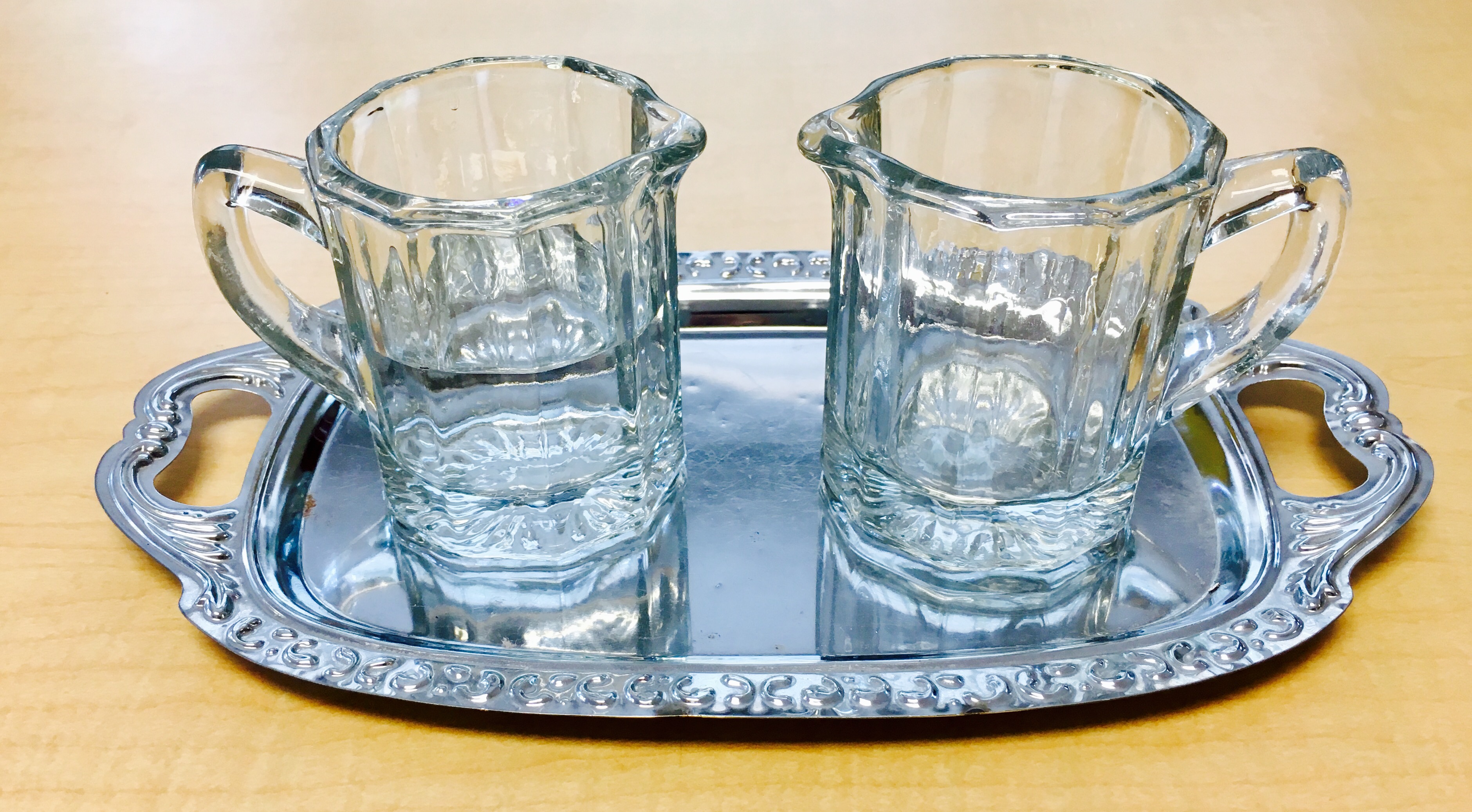“Help me do it by myself”
The Practical Life area of the classroom provides hands on experiences for children to learn the skills they need to be independent in their everyday lives—and, in so doing, build a sense of order, concentration, coordination, and independence. Practical Life also includes lessons on Grace and Courtesy, which allow children to practice the language, manners, and skills needed to be peaceful, caring, and empathetic members both of the classroom and the larger community.
Maria Montessori once famously recounted a story of an interaction she once had with a child in the first Montessori school; wherein, Dr. Montessori was helping the child to clean a large water spill in the classroom. As the story goes, the child became frustrated with her taking over the experience and said, “Help me do it by myself!” It was here that much of the foundations for the Montessori approach were formed. Through her interactions and observations of the children, Dr. Montessori discovered that young children are not only internally motivated to be self-sufficient and independent, but when given the appropriate tools, lessons, and environment they are also immensely capable.
When observers watch children in Montessori classrooms engaged in Practical Life activities they are often curious as to why the children are taking over what seems to be mundane classroom chores such as sweeping, mopping, polishing silver, and table washing. However, there are multiple layers of magic happening beneath the surface of these activities. First, these activities are interesting and purposeful to the young child who is constantly on the path of forming the adult they will later become. Children begin this formation through imitation- which is why we as adults provide things such as play kitchens, play tools and the like to children. In Montessori, we take these interests a step further by providing actual kitchens, tools, and the like, in a safe way, so that children can experience the satisfaction of completing tasks independently. Imagine the joy a young child will experience when over the course of a few days they bake a loaf of bread, and enjoy a slice of this bread by spreading over some homemade butter and jam, then sharing the delicious treat with a friend. Now consider the steps that the child took to reach the final product: milling wheat to flour, measuring the ingredients, mixing the dough, kneading the dough, leaving the dough to rise, kneading the dough again, leaving the dough to rise again, shaking cold cream into butter, removing stems from strawberries, cutting strawberries, retrieving the butter, jam, and bread from the shelf, opening the containers of butter and jam, spreading the butter and jam over the bread, and finally inviting a friend to join them for snack. Just writing out the steps is exhausting! And yet, the young child completes each step with joy and an internal drive, and as they are completing the steps of the many practical life exercises, they are refining their fine and gross motor skills, hand-eye coordination, concentration, and sense of order, which are essential for later success in the other curricular areas (and life)!
Watch Practical Life in action as explained by Anna Perry from the Seton Montessori Training Institute:
Back to Our Classroom
Comments are closed.



Recent Comments